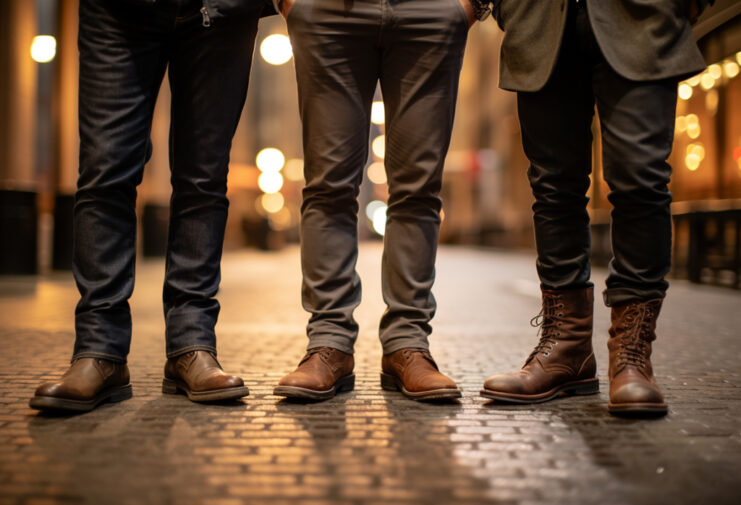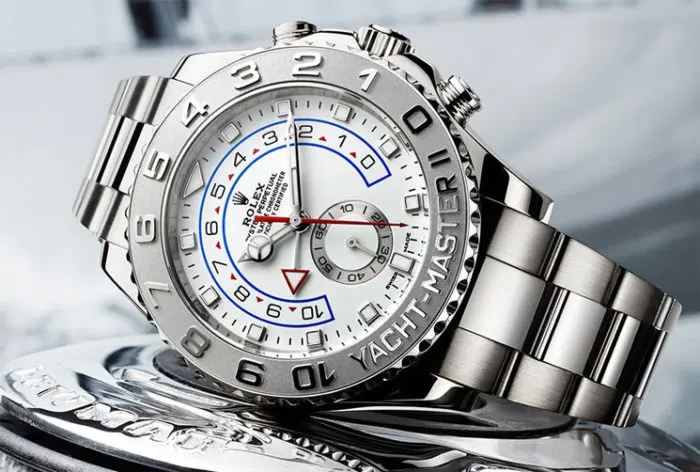Menswear and fashion advice for individuals with physical disabilities.
All about fashion choices for men working with disabilities — no advertisements, no bogus links; just solid advice on finding a good men's suit and other clothing for those with physical limitations.
It's hard to imagine two more personal issues than a man's wardrobe and his medical conditions, which may be why little reliable literature exists addressing menswear and fashion for the disabled.
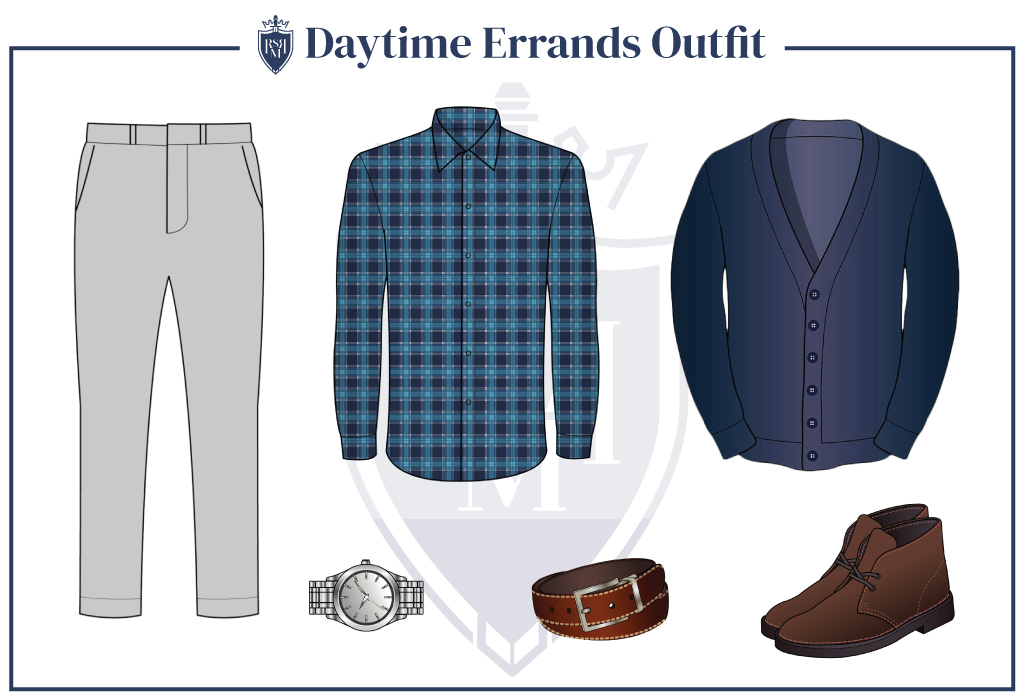
That shyness seems misplaced, however — as with many other products, clothing can be adapted to meet individualized needs.
Beyond flattering a specific body, high-quality menswear can also be more comfortable and more convenient for a man with a disability.
And, as with any man, a sharp look will make a favorable impression on others and draw attention to the personal style and wardrobe as a defining and memorable characteristic.
Basics of Style for the Disabled
Comfortable Fit
Every injury or physical condition is different, and there is no one trick of tailoring that can make a universally comfortable and convenient garment. However, there will be specific alterations that benefit each individual — different alterations for different men, but all possible in the hands of a skilled tailor.
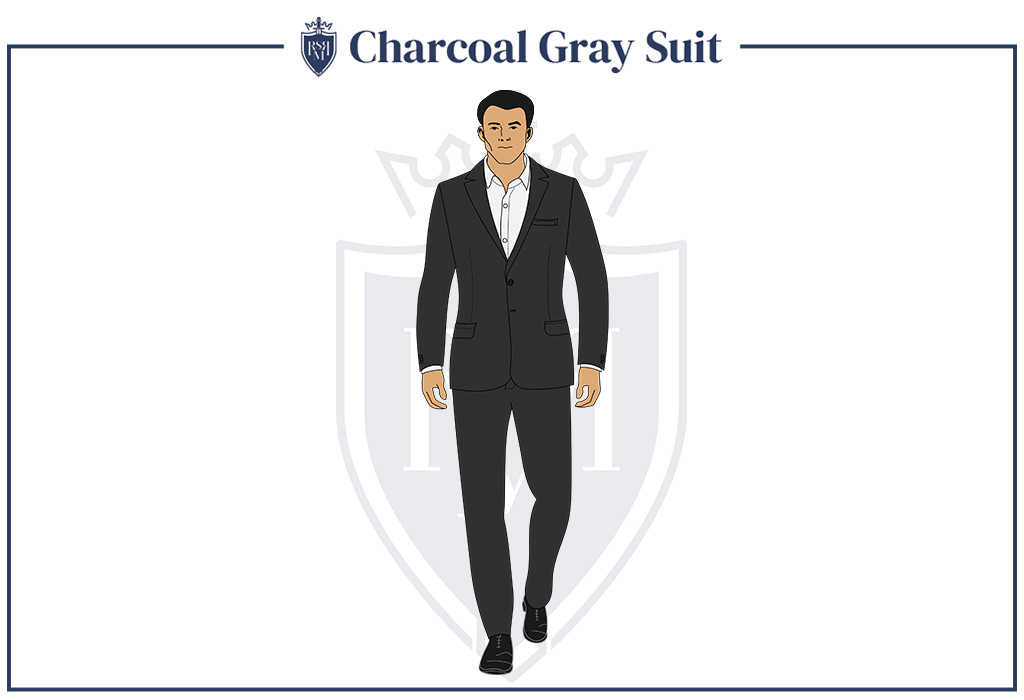
While custom-made or “bespoke” clothing is more expensive than off-the-rack or made-to-measure, it offers the opportunity to talk one on one with an expert who can suit pockets, sleeves, fasteners, and other internal details to individual need.
At the very least, tailored alterations should be able to make an off-the-rack suit fit better, altering the shape of the garment where the wearer's body needs it.
A fit that is comfortable at all points and drapes neatly over your frame should be the primary goal of all clothing-seeking men, and even more so for the gentleman with a disability.
Style Suited to Personal Needs
Beyond offering convenient dressing and comfortable wear, quality men's clothing should have the relationship the wearer desires with his body.
Some men prefer to conceal or de-emphasize physical conditions that affect the shape of their bodies, while others choose to dress in a simpler and more revealing manner — neither approach is wrong, and the choice is always the gentleman's.
Clothing should be selected to achieve the desired result, whatever it may be — ignoring a disability entirely and simply draping off-the-rack clothing over it is unlikely to be flattering, while adjusting it allows a personal statement to be made about the wearer's relationship with his physical condition.
Distinctive Personal Style
Just as the man of unusual height or weight seeks to be remembered for more than the shape of his body, a disabled man wants to be remembered as an individual, not as a visual impression.
A strong personal style gives the viewer something to focus on other than the shape of the man's body, and allows the man to define himself on his own terms.
Distinctive clothing will help set a disabled man apart as someone who wants to be set apart and remembered, not as someone who can't help drawing attention.
Dressing for Different Disabilities
Every body is different, and the injuries and conditions that can affect their shape all require a slightly different (or in some cases radically different) sartorial approach. Here we examine some of the most common disabilities and stylistic elements that work well with them:
Menswear in a Wheelchair
A man who uses a wheelchair may face the double stylistic challenge of a clearly visible difference from other men and a forcibly shortened height, but both considerations can be dressed for.
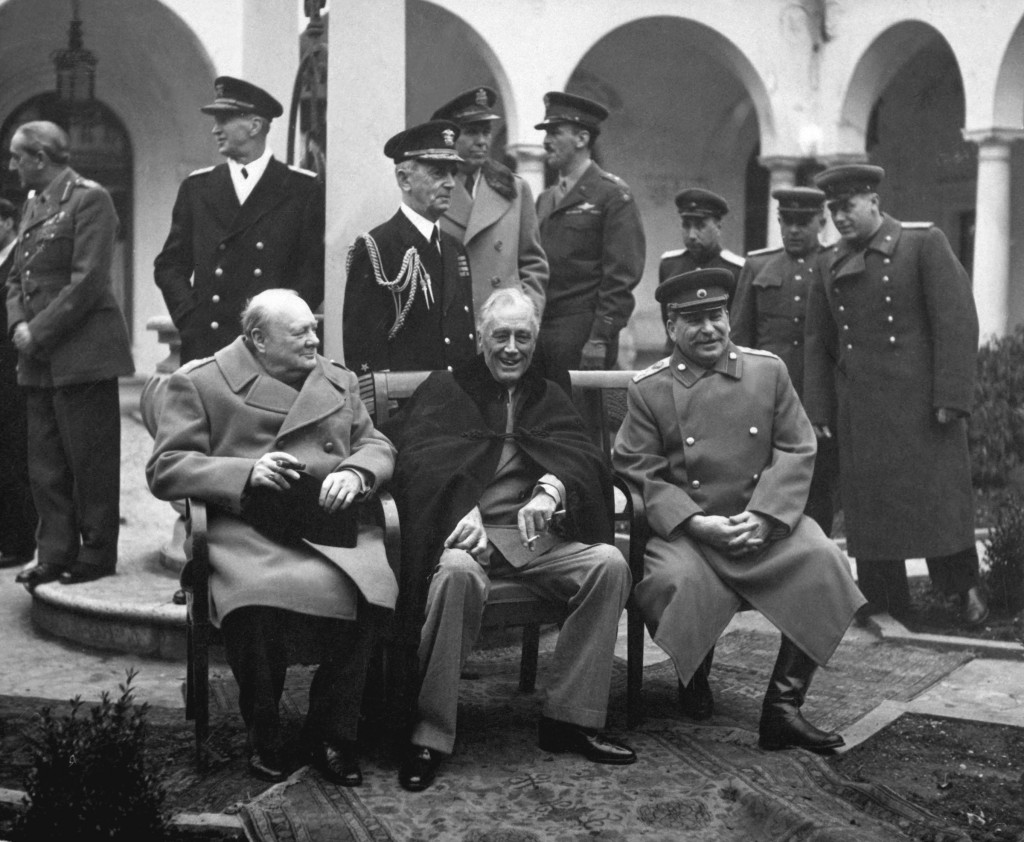
Depending on his condition, a man in a wheelchair may wear traditional trousers or informal leggings underneath a blanket or wrap, which can make two very different impressions. A wrap draws more attention to the chair and the user's condition, but it can also add bulk to a man's lower body — useful for someone whose condition has left his legs narrower than the rest of his frame — and its less formal nature allows more freedom with patterning than most men enjoy.
Trousers, in contrast, help make the user of a wheelchair look more like a man who has simply chosen to sit, but add little bulk to a man's body. A loose fit and broad cuffs at the bottom can help trousers make a more substantial impression, as can bold patterning, particularly horizontal-heavy checks or windowpanes.
Above his waist, a man in a wheelchair looks best with a neat, upward-sweeping style that draws the viewer's eye toward his face. A vest cut long enough to cover the top of his trousers hides the waistline and helps to define the wearer's body primarily with the chest and shoulders, while peaked lapels and narrow, point-style shirt collars guide the gaze upward from that point.
A man in a wheelchair is usually not flattered by hats, which shade his face (and can look at a passing glance like a man who has forgotten to remove his hat when sitting, which is generally considered a faux pas), however, an elegant cane can make a striking accent — and gives the clear impression of being able to stand, even if the gentleman in question does not have the option, making the chair seem more like a personal choice.
Missing Hand or Arm
Commonly caused by injury or illness, a missing limb usually requires a man to choose between two stylistic approaches: hiding his loss as much as possible, or dressing aggressively to fit his new shape. Looser clothing suits the former style, particularly a suit jacket or overcoat draped over the shoulders rather than worn through the sleeves; the latter style is best achieved by closely-fitted clothing tailored to end where the limb has been lost.
In the case of a man whose arm is gone to the shoulder, or nearly to it, sleeves stitched shut just beyond where the limb ends will look smoother and more complete, while a man with a missing hand may prefer sleeves that end in a normal cuff a few inches above the end of his limb.
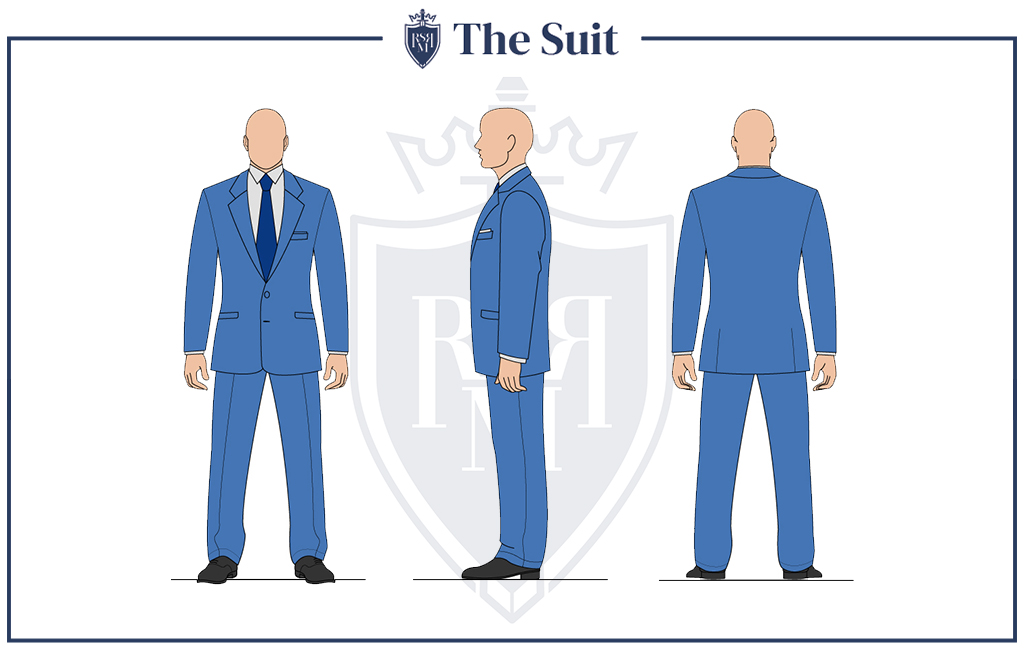
Cuffs can also be adjusted to fit snugly around a prosthesis, helping it appear balanced with the rest of a man's body. Point or spread collars will almost certainly be more convenient than button down, and many shirts can be additionally tailored with a simpler, internal fastening that leaves the normal buttons fixed to the front panel.
The specific mechanism will depend on the individual and his tailor, but an alternative to the usual buttoning is generally a simple and worthwhile addition.
Uneven Balance
A limp, a titled back, a twisted arm — any number of injuries and conditions can cause a man's posture to be fixed unevenly, breaking the usual vertical symmetry of the body. The specific posture will determine the best tailoring choices, but any unevenly-shaped man benefits from a looser fit, and from padding that balances the shape of his body.
A shoulder that rises higher on one side can be compensated for by a thicker pad on the opposite side; a leg that twists to one side can be disguised by a looser trouser leg. Pleated pants and double-vented jackets — anything that allows for a more flexible fit — will help with an overall balanced appearance. Solid colors are usually preferable to distinct patterns, since the lines in a patterned print will bend visibly where the body beneath it changes shape.
Visible Scarring
While its effect on movement is usually minimal, severe scarring often still requires a style of its own. Depending on location, some scars can be hidden; accoutrements such as gloves and hats can serve a gentleman well here. If the scarring cannot be hidden, a “busy,” detail-heavy style helps make the mark one of several unusual flourishes rather than a defining characteristic.
Explore watch chains, tie pins, pocket squares, jewelry, hat bands, belt buckles; anything that adds an eye-catching visual element to your appearance. In the case of facial scarring, a well-groomed beard or mustache can help as well.
Fashion for Men with Disabilities Completed
Because physical disabilities are highly individualized, the styles built around them must be to some extent as well. The key is to remember the fundamental goals: a comfortable fit that is convenient to wear, a style that frames your body in the way you choose to present it, and a distinctive fashion that sets you apart as a man in control of his appearance and attitude.
For more information on dressing different body types:
Dressing Your Body – Series of articles on Google Knol
Men's Style Guide at ATailoredSuit.com


